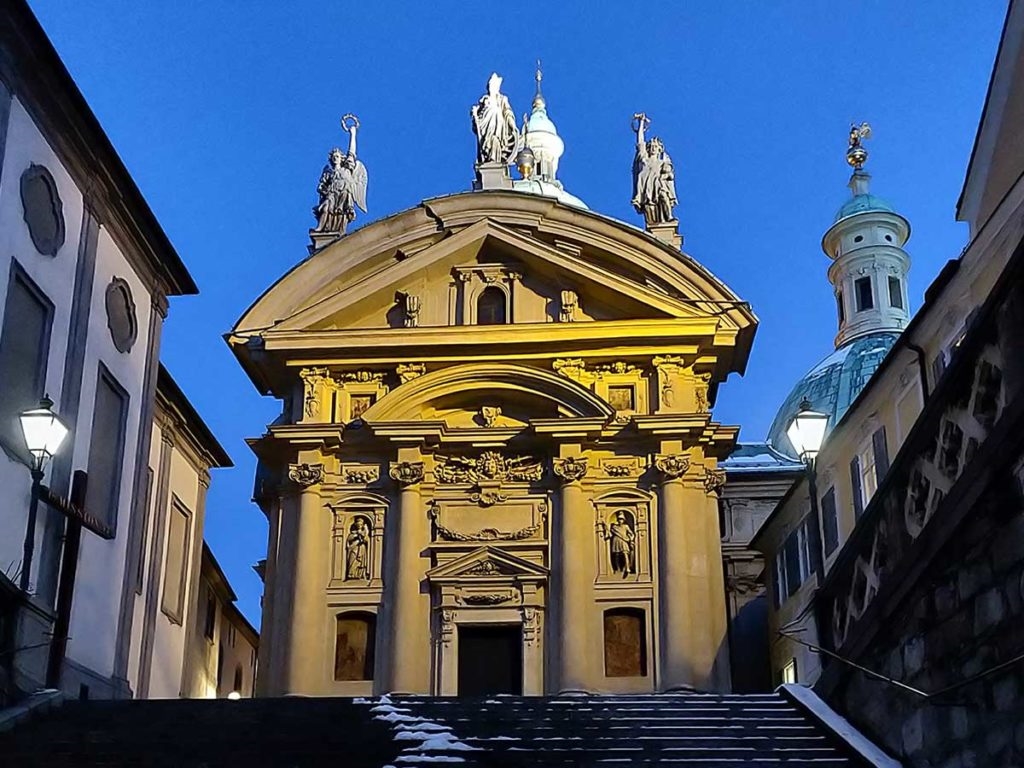Discovering the Mausoleum of Emperor Ferdinand II
Nestled in the heart of Graz, Austria, the Mausoleum of Emperor Ferdinand II stands as a testament to Renaissance architecture and the rich history of the Habsburg dynasty. This monumental structure, with its intricate design and historical significance, offers visitors a unique glimpse into the past. Whether you’re a history enthusiast or simply looking to explore a remarkable piece of architecture, the mausoleum is a must-visit destination.
Architectural Marvel of the Renaissance
The Mausoleum of Emperor Ferdinand II is a stunning example of Renaissance architecture, characterized by its harmonious proportions and intricate details. Designed by the Italian architect Pietro de Pomis, the mausoleum was constructed between 1614 and 1638. Its design reflects the transition from the late Renaissance to early Baroque styles, making it a fascinating study for architecture lovers.
The exterior of the mausoleum is adorned with elaborate sculptures and reliefs, depicting scenes from the life of Emperor Ferdinand II and various religious motifs. The dome, a prominent feature of the structure, is an architectural masterpiece in itself, offering a striking silhouette against the Graz skyline. Inside, visitors can marvel at the ornate decorations, including frescoes and stucco work, which add to the grandeur of the mausoleum.
Historical Significance and Legacy
Emperor Ferdinand II, a key figure in the Thirty Years’ War, played a significant role in shaping European history. His mausoleum not only serves as his final resting place but also as a symbol of his legacy. The emperor was known for his staunch Catholic beliefs and efforts to restore Catholicism in his territories, which is reflected in the religious iconography throughout the mausoleum.
Visitors to the mausoleum can gain insight into the life and times of Emperor Ferdinand II, as well as the broader historical context of the Habsburg dynasty. The mausoleum also houses the tombs of other notable figures, including Ferdinand’s wife, Empress Maria Anna of Bavaria, adding to its historical importance.
Planning Your Visit
When planning a visit to the Mausoleum of Emperor Ferdinand II, it’s essential to consider a few practical details to make the most of your experience. The mausoleum is located in the city center of Graz, making it easily accessible by public transportation or on foot. It’s advisable to check the opening hours in advance, as they may vary depending on the season.
Guided tours are available and highly recommended, as they provide valuable insights into the history and architecture of the mausoleum. These tours often include access to areas that may not be open to the general public, offering a more comprehensive experience. Additionally, the mausoleum is part of a larger complex that includes the Graz Cathedral and the Old University, so visitors can explore these nearby attractions as well.
Photography is generally allowed inside the mausoleum, but it’s always best to confirm any restrictions upon arrival. Lastly, consider visiting during the off-peak season to avoid crowds and enjoy a more intimate experience with this remarkable piece of history.
